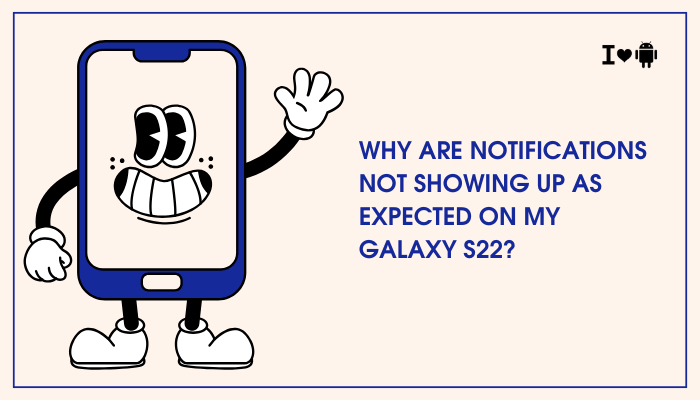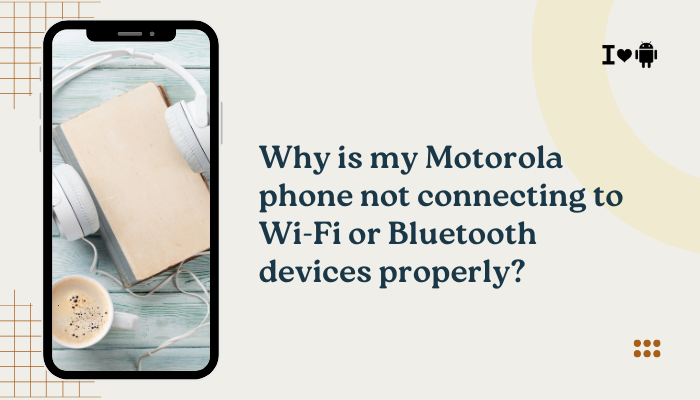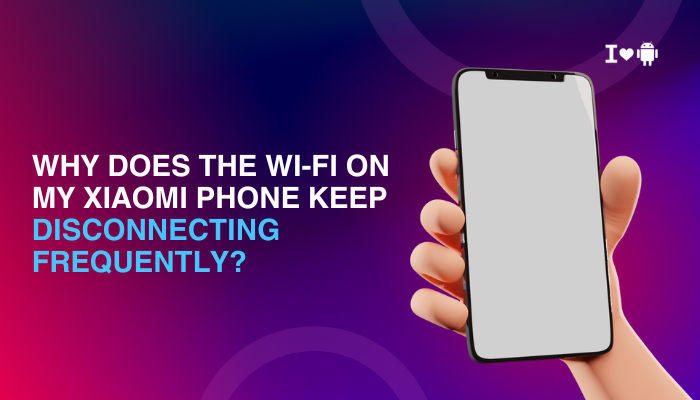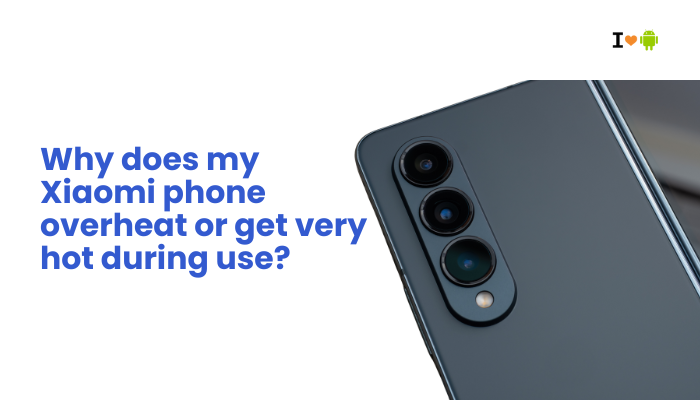A swollen or bulging battery is a serious safety concern that can damage your phone and even pose fire or chemical hazards. On older Motorola devices—be it Moto G, E, X, or Droid series—lithium-ion (Li-ion) or lithium-polymer batteries can swell over time under certain conditions.
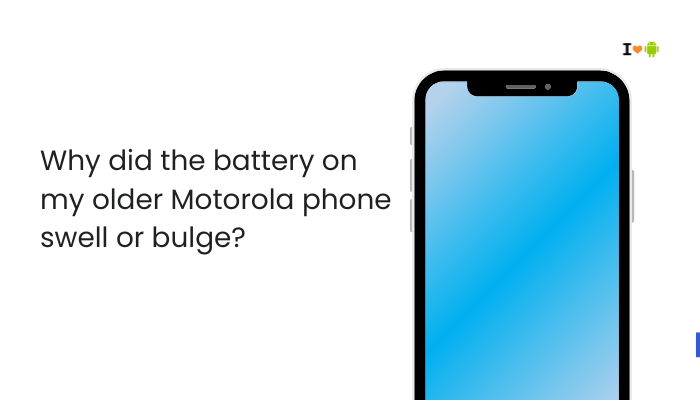
How Lithium Batteries Work
Lithium-ion batteries store energy by shuttling lithium ions between two electrodes (anode and cathode) through a liquid or gel electrolyte. During charging, ions move to the anode; on discharge, they return to the cathode, generating an electrical current. Over hundreds of charge cycles, small amounts of gas can form internally, and wear degrades the separator material—leading to possible expansion if the gas is not vented properly.
Common Causes of Battery Swelling
Age and Wear
- Cycle Fatigue: Li-ion cells are rated for ~300–500 full cycles before capacity drops below 80%. As the battery ages, internal resistance rises, increasing heat and gas generation.
- Electrolyte Breakdown: Over time, the electrolyte degrades, losing its ability to shuttle ions smoothly and producing gas pockets.
Overcharging and Abuse
- Charge Beyond 100%: Though modern phones use charge-management ICs, leaving a device plugged in for days can stress the control circuits.
- Fast-Charge Stress: Repeated use of high-current chargers can accelerate electrode wear if the phone’s thermal management is inadequate.
Exposure to Heat
- High Ambient Temperature: Storing or using your phone in direct sunlight or hot cars (above 45 °C/113 °F) causes internal pressure to rise.
- Intensive Use: Extended gaming or video recording heats the battery and accelerates electrolyte decomposition.
Manufacturing Defects
- Impurities in Materials: Microscopic contaminants can puncture the separator, creating micro-short circuits that generate heat and gas.
- Poor Sealing: Inadequate sealing around the pouch cell allows ambient moisture to enter, reacting chemically and producing gas.
Physical Damage
- Drops and Impacts: A hard fall can dent or crease the cell, compromising the internal layers and causing gas to accumulate.
- Puncture or Deformation: Inserting a nail or screw accidentally can perforate the cell, leading to rapid swelling.
Improper Charging Accessories
- Non-OEM Chargers/Cables: Cheap, uncertified chargers may supply inconsistent voltage/current, stressing the battery’s protection circuits.
- Third-Party Fast Chargers: Using a QC or PD charger not optimized for your Motorola model can overheat the battery.
Signs and Dangers of a Swollen Battery
| Sign | Explanation |
| Back or Screen Separation | Gaps appear between the phone’s frame and back cover or screen bulges outward. |
| Soft or Springy Back Cover | Pressing the back yields a spongy feel—indicative of internal pressure. |
| Ejection of Components | Buttons or SIM tray pop out unexpectedly under pressure. |
| Unusual Heat | The phone feels hotter than normal during charging or light use. |
| Reduced Runtime and Performance | Swollen cells lose capacity, causing rapid discharge and potential performance throttling. |
| Weakened Structural Integrity | The chassis bends or creaks when gripped—unsafe for continued use. |
DANGER: A swollen battery can leak electrolyte, catch fire, or even explode if punctured or overheated. Do not continue using or charging a device with a bulging battery.
Diagnosing a Bulging Battery
- Visual Inspection
- Place the phone on a flat table; if it rocks or wobbles, the battery may be swelling.
- Remove Back Cover (If Removable)
- Power off the phone and carefully remove the back cover (for models with removable batteries) to inspect the cell directly.
- Check Under Screen (Non-Removable Backs)
- Look for gaps around the edges or lift in the display.
- Feel for Soft Spots
- Gently press the back—“give” indicates increased internal pressure.
If any signs are present, stop using the device immediately.
Immediate Safety Precautions
- Power Off
- Shut down the phone to stop any charging/discharging activity.
- Do Not Charge
- Unplug immediately; any current flow can exacerbate swelling.
- Handle Gently
- Avoid squeezing, dropping, or puncturing the device—use minimal handling.
- Isolate the Device
- Place it in a fire-resistant container or on a non‐flammable surface away from combustible materials.
- Ventilated Area
- Keep the phone in a cool, dry, well-ventilated space until you can dispose of it safely.
Proper Battery Disposal and Replacement
Find a Certified E-Waste Facility
- Many phone retailers, electronics stores, and municipal waste programs offer free battery recycling.
- Look for “e-waste drop-off” or “battery recycling” points.
Transport Safely
- Place the phone in a non-conductive, sealed container (e.g., a plastic bag) to prevent accidental shorting.
- Do not stack heavy items on top.
Replace with OEM Battery
- Purchase a genuine Motorola replacement battery or an authorized third-party OEM-equivalent.
- For non-removable batteries, visit an authorized service center to ensure proper disassembly and reassembly.
Confirm Proper Installation
- After replacement, check that the phone sits flat and the back cover snaps securely into place.
Preventive Best Practices
- Avoid Extreme Temperatures
- Keep your phone between 0 °C and 35 °C (32 °F–95 °F).
- Use Certified Chargers
- Always charge with the original Motorola charger or a reputable brand with proper safety certifications.
- Remove Case While Charging
- If your case traps heat, take it off during charge cycles.
- Charge Smart
- Unplug once it reaches 100%, avoid leaving it overnight.
- Store at ~50% Charge
- If storing long-term (weeks+), set the battery around 40–60% to minimize stress.
- Monitor Battery Health
- Use built-in diagnostics (Settings → Battery) or third-party apps like AccuBattery to track capacity and temperature.
Troubleshooting and Maintenance
- Regular Visual Checks
- Inspect your phone monthly for signs of bulging or heat.
- Cache Partition Wipe
- Sometimes high charging heat is worsened by background processes. Wipe cache partition to reduce system load.
- Safe Mode Testing
- Boot into Safe Mode (power menu → long-press “Power off”) to rule out rogue apps heating the device excessively.
- Software Updates
- Install all Android and Motorola firmware updates—some include battery-management improvements.
Frequently Asked Questions (FAQ)
Q1: Can a bulging battery be “fixed” by deflating it?
A: No—attempting to puncture or vent the cell is extremely dangerous and risks fire or toxic exposure. Always replace the battery professionally.
Q2: Why didn’t my phone’s safety circuits stop the battery from swelling?
A: Battery Management Systems (BMS) protect against over-charge, over-discharge, and temperature extremes, but they can’t prevent all chemical breakdown or manufacturing defects over years of use.
Q3: Is a swollen battery covered under warranty?
A: If the phone is under manufacturer warranty and you didn’t misuse it, swelling due to defect may be covered. Older devices often fall outside warranty periods, so check your coverage.
Q4: Can I continue using the phone if it only slightly bulges?
A: No—any sign of swelling indicates a compromised cell. Continued use risks rapid escalation to leakage or thermal runaway.
Q5: How long does an average Motorola phone battery last before swelling becomes likely?
A: Typically 2–3 years or 300–500 full discharge cycles. Actual lifespan depends on usage patterns, charging habits, and operating environment.
Conclusion
Battery swelling in older Motorola phones is primarily the result of age-related wear, elevated temperatures, charging stress, manufacturing defects, or physical damage—leading to gas buildup and pouch expansion. By recognizing the signs—back separation, wobble on flat surfaces, heat—and following immediate safety steps (power off, isolate, and dispose properly), you protect yourself and your property.
Replace bulging cells only with OEM or authorized parts through a professional service, and adopt preventive practices—moderate charging habits, temperature control, and regular visual inspections—to extend battery health. With this knowledge, you can identify and address battery swelling proactively, ensuring both device longevity and personal safety.

